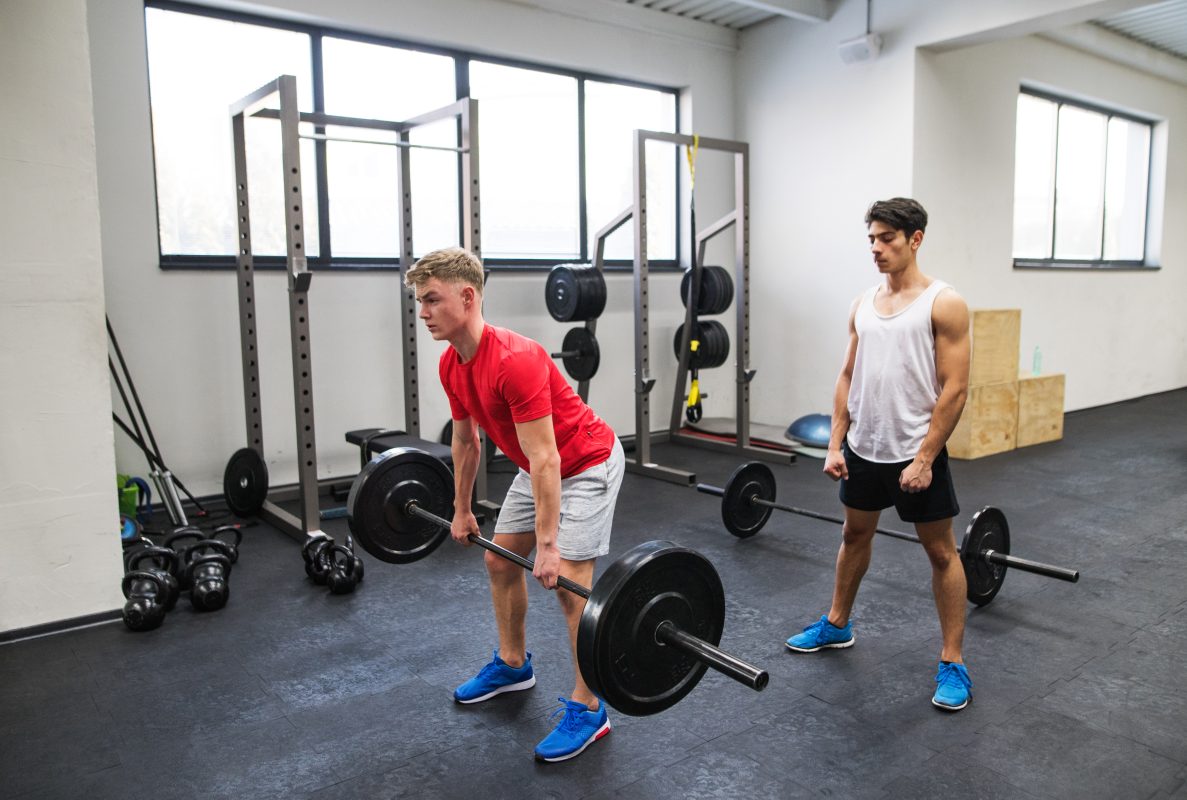Your cart is currently empty!
Weight Training for Young Athletes: A Balanced Approach

As a content author focusing on youth sports, the topic of weight training for young athletes is both relevant and important. When should young athletes start lifting weights? How does it impact their growth and development? Understanding the differences between aerobic and anaerobic exercises, and the repercussions of starting weight training too early, is crucial.
Aerobic vs. Anaerobic Exercise: What’s the Difference?
Aerobic exercises, like running, swimming, or cycling, are activities that use oxygen to meet energy demands during exercise. They’re great for improving cardiovascular health and enhancing endurance. On the other hand, anaerobic exercises, such as weight lifting or sprinting, are performed in short, intense bursts. These exercises are key for building strength and muscle mass.
Benefits of Aerobic and Anaerobic Exercises
Both types of exercises offer unique benefits. Aerobic exercises improve heart and lung function, increase stamina, and can help reduce the risk of chronic diseases. Anaerobic exercises, like weight lifting, are essential for building and strengthening muscles, improving bone density, and boosting metabolic rate.
When is it Too Early for Weight Training?
There’s a growing concern about young athletes starting weight training too early. The main risks include potential injuries, overtraining, and the possibility of affecting growth and development. It’s vital to understand that a child’s muscles, joints, and bones are still developing, and excessive strain can lead to long-term issues.
Understanding Muscle and Joint Development in Young Athletes
The development of muscles and joints in young athletes is a complex process. Muscles grow and develop differently in pre-adolescents due to hormonal differences. Similarly, their joints and ligaments are still maturing, making them more susceptible to injuries if subjected to heavy lifting or improper training techniques.
Making the Right Choice
So, when is the right time to start? Generally, introducing weight training around ages 7 to 8 is considered safe, provided the focus is on proper technique and light weights. It’s essential to have supervision by knowledgeable coaches and prioritize technique over the amount of weight. A holistic approach, including a mix of aerobic and anaerobic exercises, is crucial for the overall development of young athletes.
Conclusion
In conclusion, integrating weight training into the routine of young athletes can be beneficial, but it needs to be done cautiously and under proper guidance. Balancing aerobic and anaerobic exercises, focusing on safety, and understanding the physical development of young athletes will ensure they reap the benefits without the risks.
For more insights on youth sports, visit “The Sports Whistle” blog. Stay informed and up-to-date on the latest trends and tips in youth sports.
References:
Discover more from NuSpeed Network
Subscribe to get the latest posts sent to your email.
Leave a Reply
You must be logged in to post a comment.